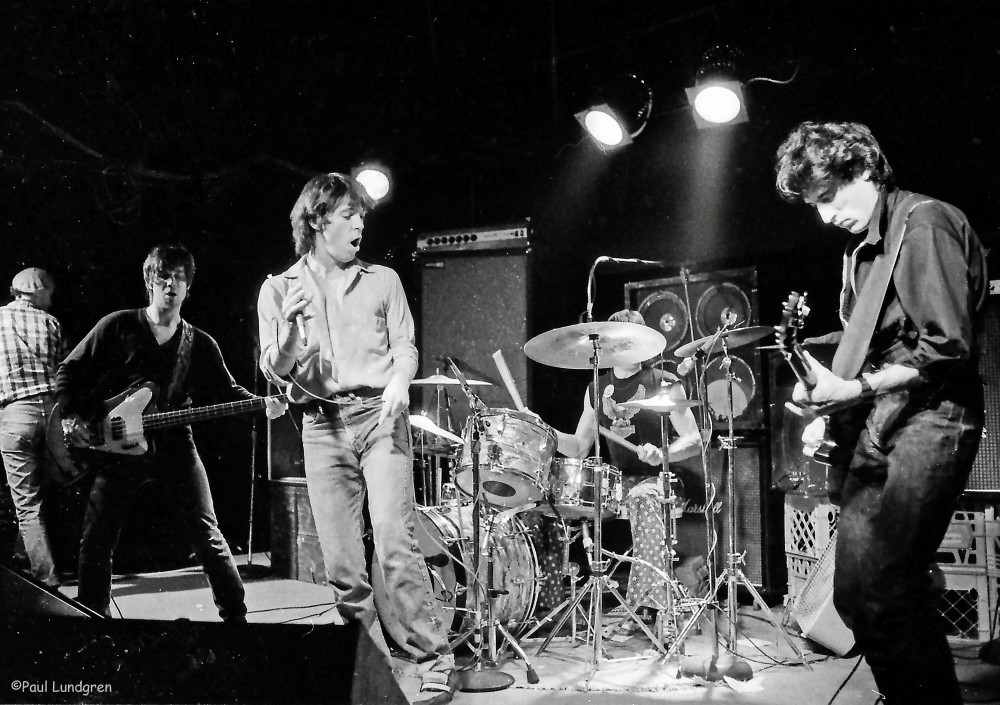It’s 1979 and Prince’s “I Wanna Be Your Lover” is playing on the radio and through your brand new Sony Walkman.
The Minneapolis-native and “High Priest of Pop” brought the nation’s focus to the city once more after hits like Bob Dylan’s 1964 song, “The Times They Are a-Changin.”
For a city that was, and still is, a fraction of the size of New York City or Los Angeles, Minneapolis has contributed widely to national music movements.
“We didn’t think about it as being important back then and whether it was going to have a lasting impact,” said Marty Keller, a former music editor at City Pages and author of the book “Hijinx and Hearsay.”
Beginning in the 1950s and 1960s, the West Bank neighborhood was the place for folk and blues. Blues musician Tony Glover and singer-songwriter Bob Dylan were among some of the folk artists that put West Bank on the map.
“[The neighborhood] was a major force in the overall shape of the music that was being made here,” Keller said.
You could walk into most bars on West Bank, like Palmer’s, which is still around today, and hear folk tunes and rhythm and blues. This eventually led to the opening of Electric Fetus in 1968 before moving to its current location in 1972.
Then, punk came busting down the doors to the city.
“Before June first of 1977, there really wasn’t any place for an original alternative rock band to play,” said Mark Engebretson, director of the documentary “Jay’s Longhorn.”
The documentary’s name comes from Jay’s Longhorn Bar, an iconic punk and alternative venue that was located in downtown Minneapolis. It hosted bands like Hüsker Dü and The Replacements, with an emphasis on the local punk scene of the late ‘70s.
“It was just this place where people go down every night, and it didn’t matter what the genre was,” Engebretson said. “They all supported it.”
Eventually, punk gave way to disco, pop and R&B, which brings us back to Prince.
“I wrote my first song in junior high,” said musician and producer Monte Moir, a longtime member of Prince’s band. “I don’t know if I felt like I found my calling, but it was just something that I realized I was very passionate about.”
Moir grew up in South Minneapolis in the 1960s, looking through the songbooks his parents had in the basement.
In 1981, the year First Ave was renamed to what we know it as today, he became the keyboardist for his band The Time, which Prince helped assemble.
“He helped us get our start,” Moir said. “After that I went off and became a songwriter and producer for a lot of other artists at major labels.”
He recalled working with Janet Jackson and performing alongside Rihanna for the Grammy’s 50th Anniversary show as some of his most exciting moments.
“You just realize, like ‘Wow, this is pretty special to be working on that,’” Moir said.
The Twin Cities local music scene has not always been as diverse as it is today.
“The Longhorn scene and probably the early days of the [7th St] Entry were very white,” Engebretson said. “It wasn’t like we weren’t allowing people in, there just weren’t that many bands [like that in Minnesota].”
The jazz, funk and R&B scenes brought musicians like Jellybean Johnson, former drummer for The Time, and Cynthia Johnson of Lipps Inc. to the musical landscape of the Twin Cities.
Today, the cities are home to genres of all backgrounds and identities, shaping that landscape for generations to come.














